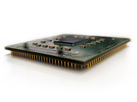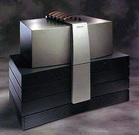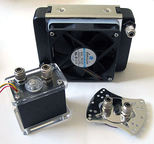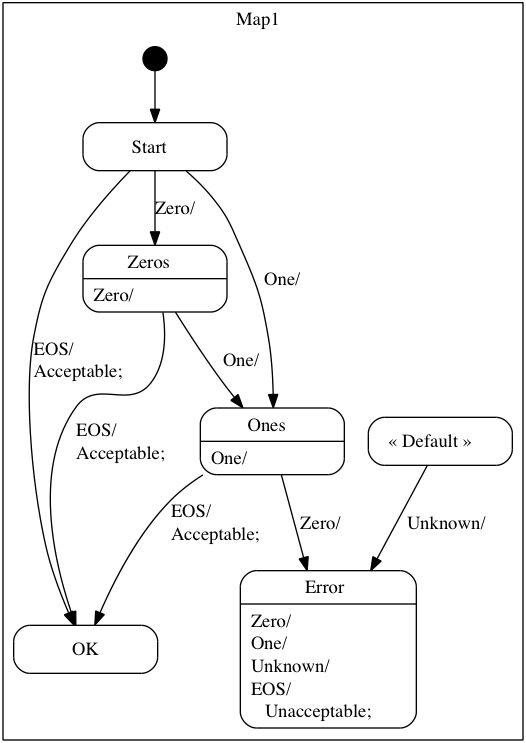0 Comments
 This is a nice article regarding weakly-ordered CPUs. The author has covered a number of other subjects relating to lock-free programming on his site - definitely worth checking out! How to write an efficient spelling corrector in less than one page of code. (Links to implementations across a variety of languages are included at the end of the article.)
Peter Kankowski has put together a very interesting comparison of hash functions. His main question, tests of the various types of hash function algorithms (e.g., multiplicative and complex), and his conclusion are useful and worth reviewing, if you're looking for an appropriate hash function for your application. As is frequently the case in many areas in design and computing, there are trade-offs (!).
 There's a Cray T94 supercomputer currently up for sale on e-bay. These machines were pretty amazing - e.g., from the picture of the power requirements plate it looks like this particular T94 requires almost 70kW of power to operate - no wonder Cray offered a liquid-cooled model...! Comparing the relative compute and power capabilities of the T94 with some state-of-the art technology today, it's interesting to see how far things have advanced. According to the Cray T90 series announcement document from 1995, the T94 appears to have been one of their "entry-level" offerings at the time (a budget supercomputer!):
If you take a dual-CPU T94 configuration in mid-1995 (for example), that probably would have set you back almost $5M, and you would have ended up with a whopping 3.6 GFLOPS of computing capability, while using a massive amount of electricity in the process (e.g., about 70kW).
Now compare this to an NVIDIA GTX680 graphic card that you can buy today - for around $500, you can get a card that provides you with over 3000 GFLOPS of computing capability, while drawing just 195W of current. That's quite a contrast! There are some other interesting tidbits - from the T94 flyer, it did support an optional SSD (1-4GB), and memory bus-bandwidth-wise, the T94's bandwidth was 100GB/s, whereas today the GTX680's is just shy of 200GB/s. So the question now is - what will this area look like 20 years hence...?  lifehacker has a great article that explains how to get into watercooling your PC. I currently use a closed-loop fixed system (Antec Kuler H2O in a push-pull configuration using a pair of Cooler Master Excaliburs) which works great for my needs. (But my CPU does still run a little hot when I crank it up to 4.9GHz...hmmm....) |
AuthorArchives
June 2013
Categories
All
|


 RSS Feed
RSS Feed